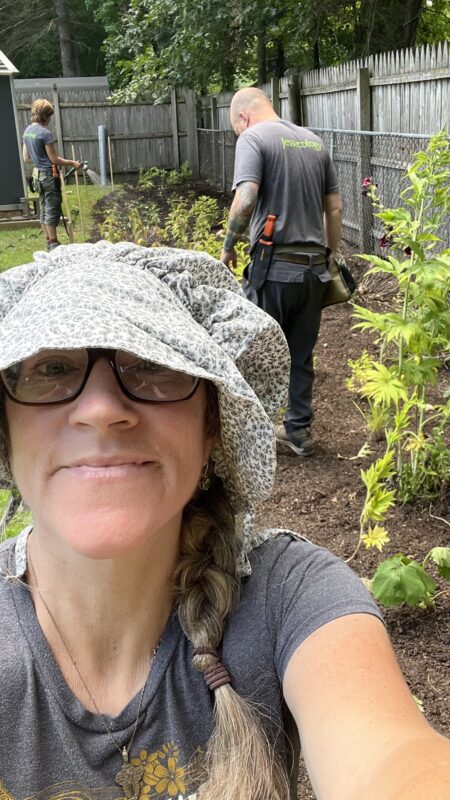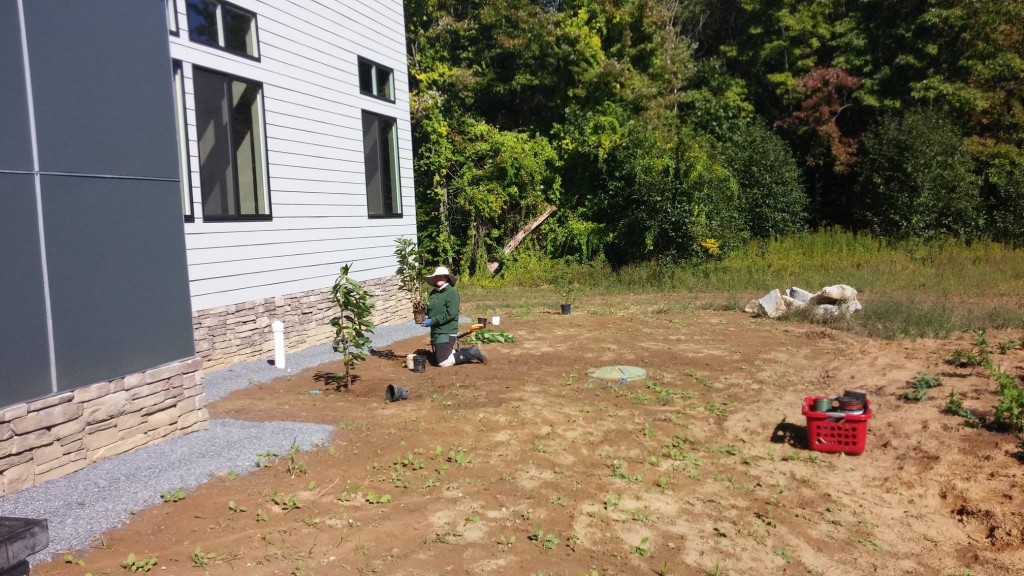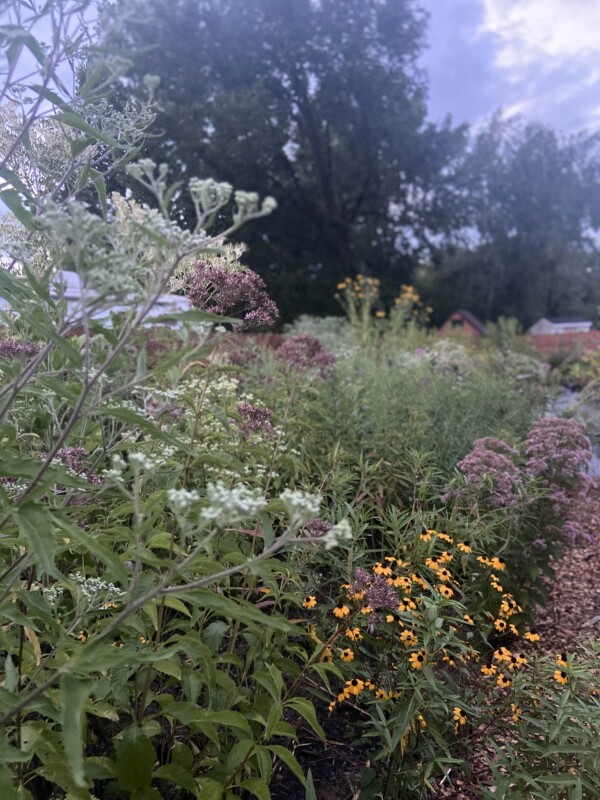Sustainable Gardening/Landscaping: The 5 Principles.

Sustainable Gardening/Landscaping: The 5 Principles: Part I.
When explicitly distilled down to basics, responsible landscaping is actually pretty simple. Sticking to the 5 “best practice” principles for eco-landscaping especially empowers gardeners to physically create a better world through their work. Continuing education regarding plant literacy coupled with a willingness to discard bad habits is always needed. The question “Is that plant native or not?” Is critically important for habitat regenerative garden practices. Even experts can always improve on their plant literacy skills. (Or they need to travel more for humility and perspective.)
The 5 Principles of Sustainable Gardening/Landscaping:
- Stop using all chemicals.
- Remove all invasive plants.
- Plant only native species when you add new plants, trees, shrubs and grasses.
- Reduce the carbon footprint any way possible.
- Reduce water use.
1. Stop using all chemicals.
First things first. Garden and lawn chemicals are biological weapons and there’s no good reason to use them. Poisonous toxic biocides are dangerous, and harm humans, animals and the land. Stop using them. It’s a zero-sum game. Emphatically, someone can be improving the ecosystem in the sphere of influence within their realm, or they can be using poisonous toxic life-icides, but they can’t do both things. Mutually exclusive concepts.
2. Remove all invasive plants. (Part 2 continued here)
3. Plant only native species when you add new plants, trees, shrubs and grasses.
4. Reduce the carbon footprint any way possible.
5. Reduce water use.
How to hire Jessecology for your Sustainable Gardening construction project:
We’d love to meet you! Certainly, our team can design + build sustainable gardens for your Saratoga, Albany or Niskayuna region home or business. Please fill out our customer intake form and we’ll be in touch soon.


